Special Tet rituals in Hue Royal Palace
Cultural researcher Nguyen Xuan Hoa (former Director of the Department of Culture and Information of Thua Thien Hue province) said that during the Nguyen Dynasty, Tet in the Hue Royal Palace was celebrated very solemnly with many rituals, performed a whole month in advance.
According to Mr. Hoa, since the beginning of December, the Hue royal court has organized the Ban Soc ceremony, releasing the new year calendar. Initially, the calendar issuance ceremony was held at Thai Hoa Palace, then at Ngo Mon Gate. All high-ranking mandarins in the royal court had to attend the ceremony and receive the calendar given by the king. The calendar was also sent to localities across the country to check the date and plan for crop production.
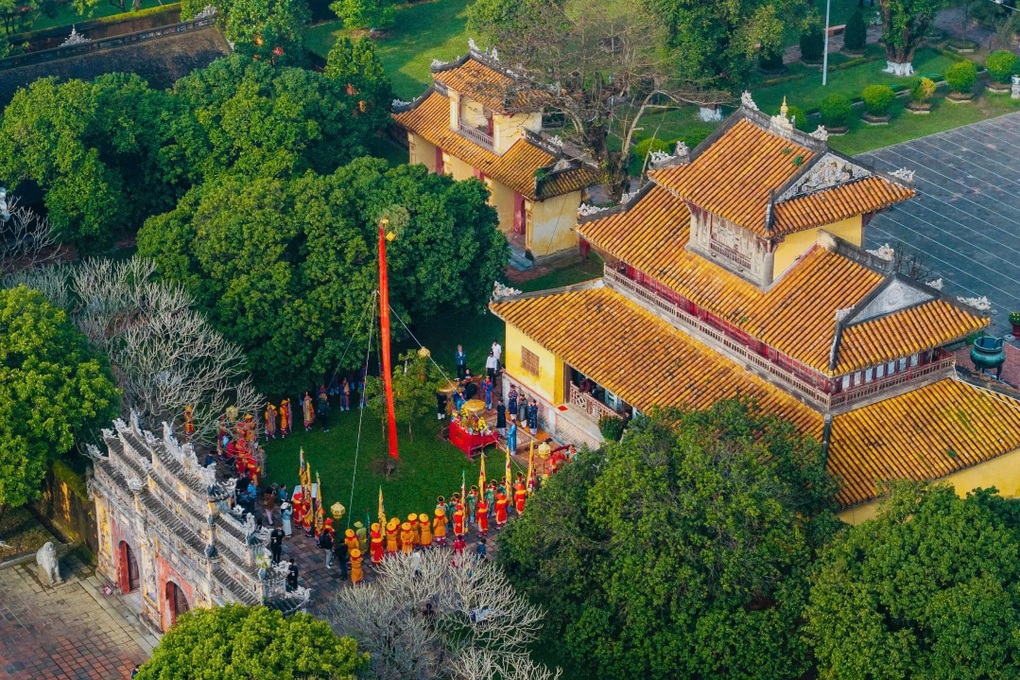 The pole-raising ceremony at Hien Lam Pavilion, in front of The To Temple, inside Hue Imperial City (Photo: Hue Monuments Conservation Center).
The pole-raising ceremony at Hien Lam Pavilion, in front of The To Temple, inside Hue Imperial City (Photo: Hue Monuments Conservation Center).
On the day of Dong Chi and Lap Xuan, the court will hold the Tien Xuan and Nghinh Xuan ceremonies. This is a ceremony that demonstrates the Nguyen Dynasty's agricultural spirit and advises on farming work. During the ceremony, the court orders the Imperial Astronomer and the Military Archive to take land and water from the Tue Duc area, and to make three Mang gods and three earthen buffaloes for worship.
Administratively, on the 20th of December, at Can Chanh Palace, there will be a ceremony called Phất Thức, which means cleaning the seals and scriptures. The royal officers will take water from the Huong River junction, use red towels to wash the seals, dry them, and then put them in a sealed cabinet.
Mr. Hoa said that when the seal was sealed, the court stopped handling administrative work and considered it a Tet holiday. It was not until the morning of the 8th of January that the cabinet was opened to work, called opening the seal.
From the 23rd of December (formerly the 30th), the royal court held a ceremony to raise the flagpole to signal the arrival of Tet. The flagpole was raised next to Hien Lam Pavilion in The To Temple.
"This is a very solemn ceremony, with officials in charge wearing official uniforms and accompanied by a royal music troupe. When erecting the pole, a worship ceremony must be performed. What is special is that the tray of offerings for erecting the pole of the Hue court must include banh chung and it is clearly stated what kind of cake to use," said Mr. Hoa.
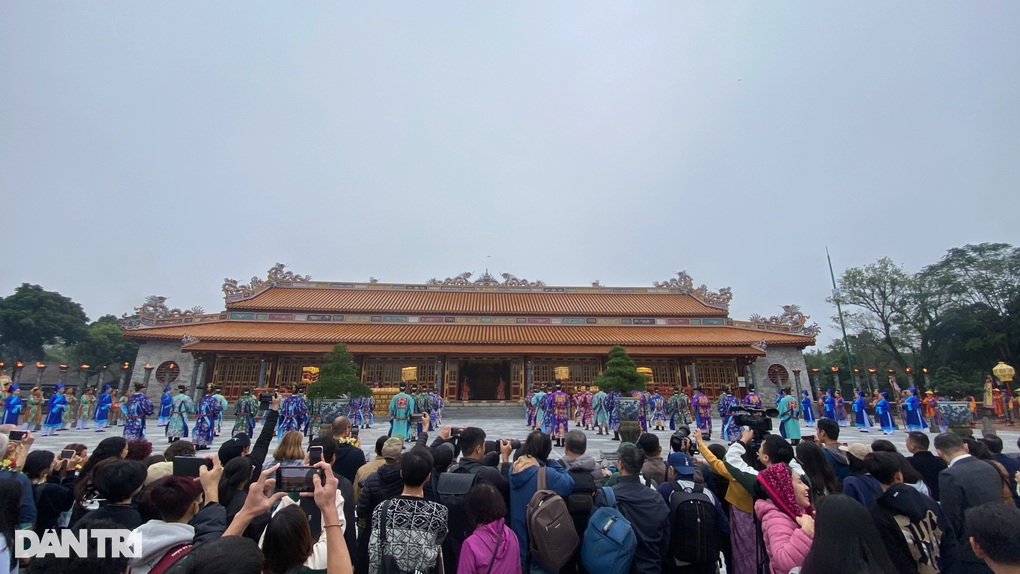 The grand court ceremony was reenacted at Thai Hoa Palace (Photo: Vi Thao).
The grand court ceremony was reenacted at Thai Hoa Palace (Photo: Vi Thao).
Also according to researcher Nguyen Xuan Hoa, the most important ritual during Tet in the Royal Palace is on the first day of Tet. On this day, the king will hold a grand court meeting in front of Thai Hoa Palace. At the ceremony, there will be cannon firing, incense burning, music playing, congratulatory messages, etc.
After the ceremony, the king was brought to Can Chanh Palace (behind Thai Hoa Palace) for the princes, royal relatives, and civil and military mandarins from the fourth rank and above to pay their respects. The king and his mandarins would also go to Dien Tho Palace to celebrate the new year with the king's mother, then retreat to the harem to wish the queen concubine (the king's main wife) a happy new year.
When the ceremonies ended, the king held a banquet at Can Chanh Palace, rewarding everyone with gold and silver.
Mr. Nguyen Xuan Hoa said that only civil mandarins of rank 5 and military mandarins of rank 4 and above were allowed to attend this banquet. Lower-ranking mandarins had to wait until the 2nd day to have the Tet feast.
Royal ceremonies, mausoleum visits, and spring outings are held until January 7.
Another ceremony held by the Hue court in early spring is the Dao Ky ceremony, which takes place on the 7th day of Tet in the Quan Providence area (south of the Huong River) and is performed by a military general.
Tet in the suburbs of Hue then and now
According to Mr. Nguyen Xuan Hoa, due to the characteristics of the capital, Hue people prepare for the traditional Tet holiday in some ways different from the rest of the country, especially the northern provinces.
Hue people perform many worshiping ceremonies during Tet, such as: worshiping Tao Quan, the ancestors of the profession, raising the flagpole, welcoming ancestors home for Tet, the guardian deities of the year, New Year's Eve, seeing off ancestors, New Year's Eve, stars, full moon of the first lunar month, etc. Although there are many worshiping ceremonies, Hue people do them solemnly, the offerings are not too lavish.
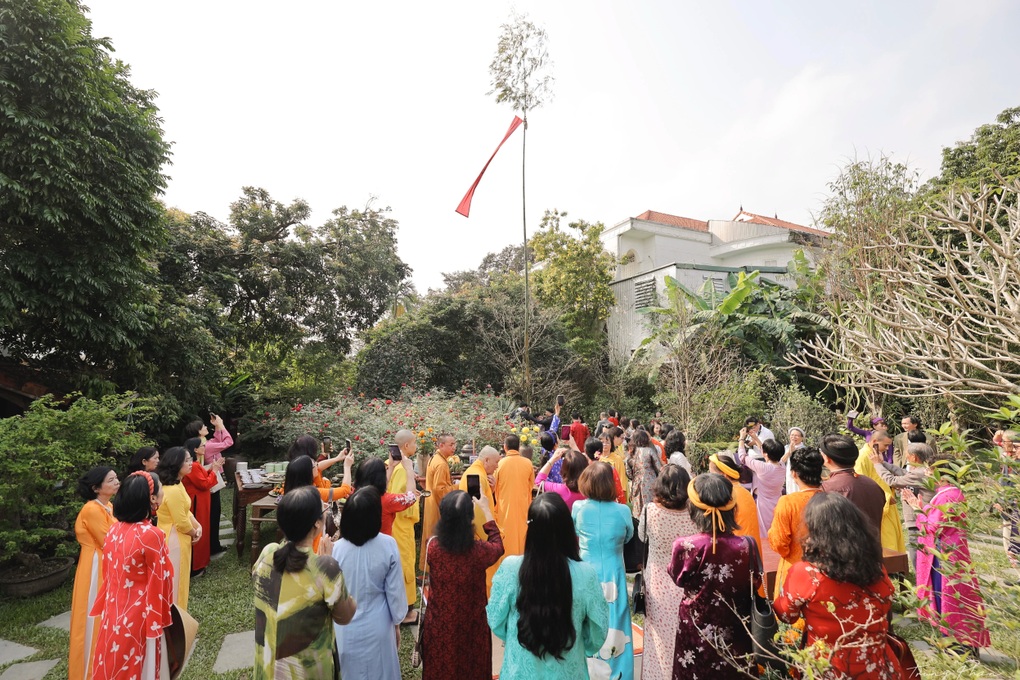 Traditional Hue families still maintain the old Tet celebration (Photo: Kim Lan).
Traditional Hue families still maintain the old Tet celebration (Photo: Kim Lan).
On December 23, Hue people do not have the concept of worshiping Ong Cong and Ong Tao with a large tray of food, but only perform the ritual of sending them to heaven. In Hue, there is no custom of releasing carp, nor burning the paper costumes with hats and shoes of the "kitchen gods".
"On the evening of the 22nd day of the lunar month, Hue people will light incense, turn on the lights, put a glass of water, betel and areca nuts, a glass of wine, fruit, paper money, votive paper on the altar, then bow. At around 11pm, people will take the old Tao Quan statue down from the altar, bring it to a three-way intersection, the base of an old tree or the foot of a temple wall, consider it has gone to heaven and replace it with a new statue," the researcher explained.
Mr. Hoa said that traditional Hue families do not hold year-end parties, only business people, traders, and craftsmen's associations do.
On the afternoon of the 30th of Tet, Hue families prepare a tray of food, called the offering to welcome their ancestors. "Hue people celebrate Tet with rites, ancestors, and ancestors, so after the welcoming ceremony, people assume that their ancestors will always be on the altar, need to light the lamps continuously, put out cakes, jams, pickles, and have meals for breakfast, lunch, and dinner. This will last until the 3rd or 4th of Tet, after which there will be a sending-off ceremony," said Mr. Hoa.
According to him, the offerings for the welcoming ceremony and the farewell ceremony are almost the same, with all the typical dishes of Hue people, but they are not too big because they do not invite guests, only the children and grandchildren in the family.
Regarding the New Year's Eve offering, Mr. Hoa said, Hue people usually do it at the hour of Ty (11pm to 1am), the transition time between the old year and the new year. Hue families will prepare an altar, including fruits, lamps, clean water, areca nuts, wine, and use rice cups or sand as incense bowls. Families that do it more lavishly will add sticky rice, sweet soup, and some money and votive paper.
Unlike the North, in Hue there is no custom of picking the first shoots of the year, so Hue people do not leave their homes before and after New Year's Eve. Hue people usually spend the first day of the new year visiting their ancestors' graves, visiting their family temples, visiting grandparents, parents, wishing a happy new year to their teachers... Only on the following day do they consider visiting colleagues and friends.
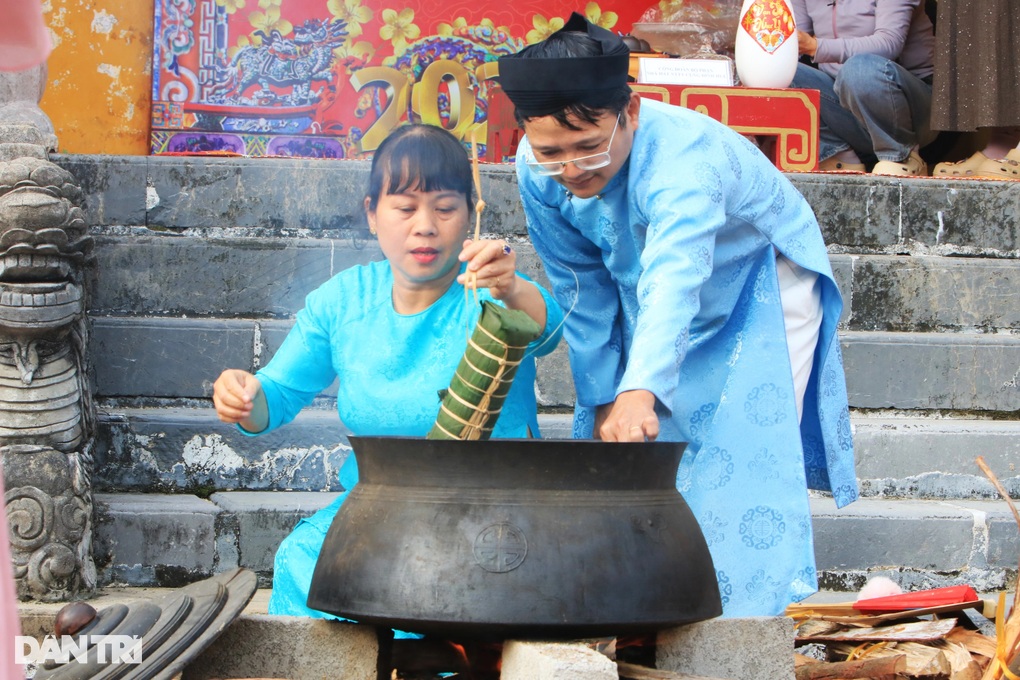 Hue people usually do not prepare too much food at home during Tet (Photo: Vi Thao).
Hue people usually do not prepare too much food at home during Tet (Photo: Vi Thao).
According to Mr. Nguyen Xuan Hoa, from the first to the seventh day of Tet, Hue people abstain from doing things that have a strong impact, avoiding touching what is considered sacred to heaven and earth. In the past, when someone died during this period, Hue people had to wait until after the seventh day to bury them.
"Today, although there have been many changes, especially among the young, traditional Hue families still retain their inherent beauty," researcher Nguyen Xuan Hoa affirmed.
Dantri.com.vn




![[Photo] Overcoming all difficulties, speeding up construction progress of Hoa Binh Hydropower Plant Expansion Project](https://vstatic.vietnam.vn/vietnam/resource/IMAGE/2025/4/12/bff04b551e98484c84d74c8faa3526e0)


![[Photo] Closing of the 11th Conference of the 13th Central Committee of the Communist Party of Vietnam](https://vstatic.vietnam.vn/vietnam/resource/IMAGE/2025/4/12/114b57fe6e9b4814a5ddfacf6dfe5b7f)


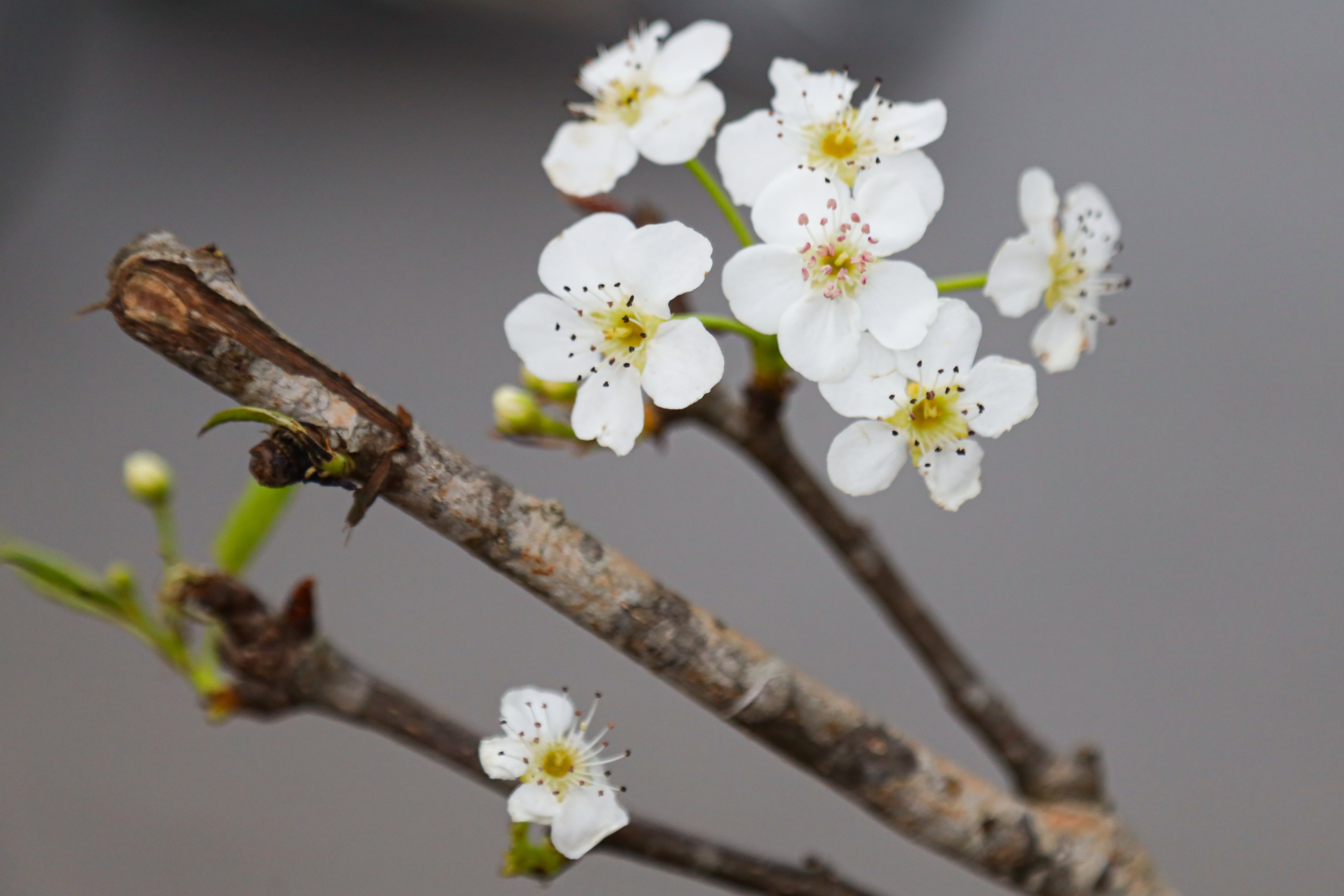

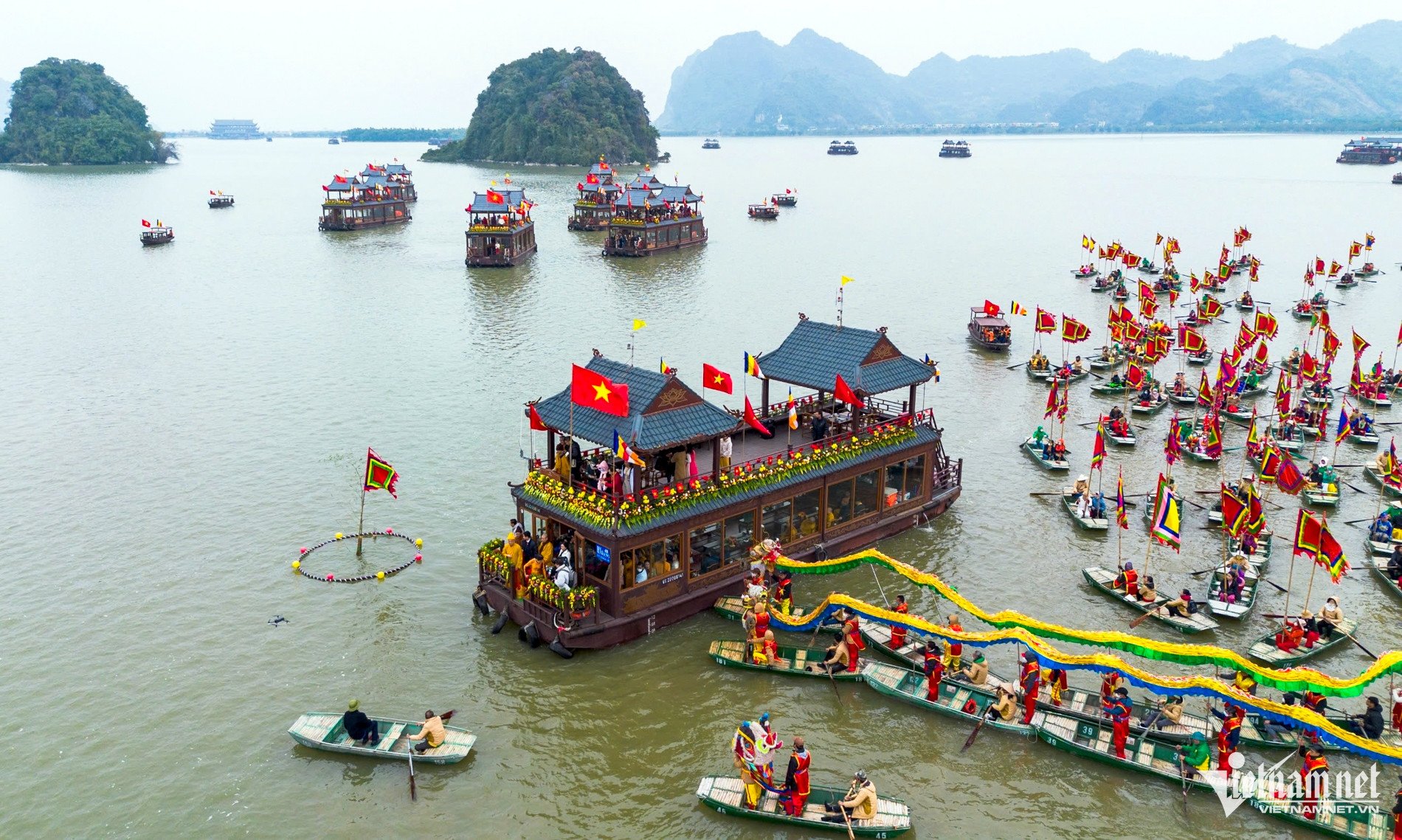

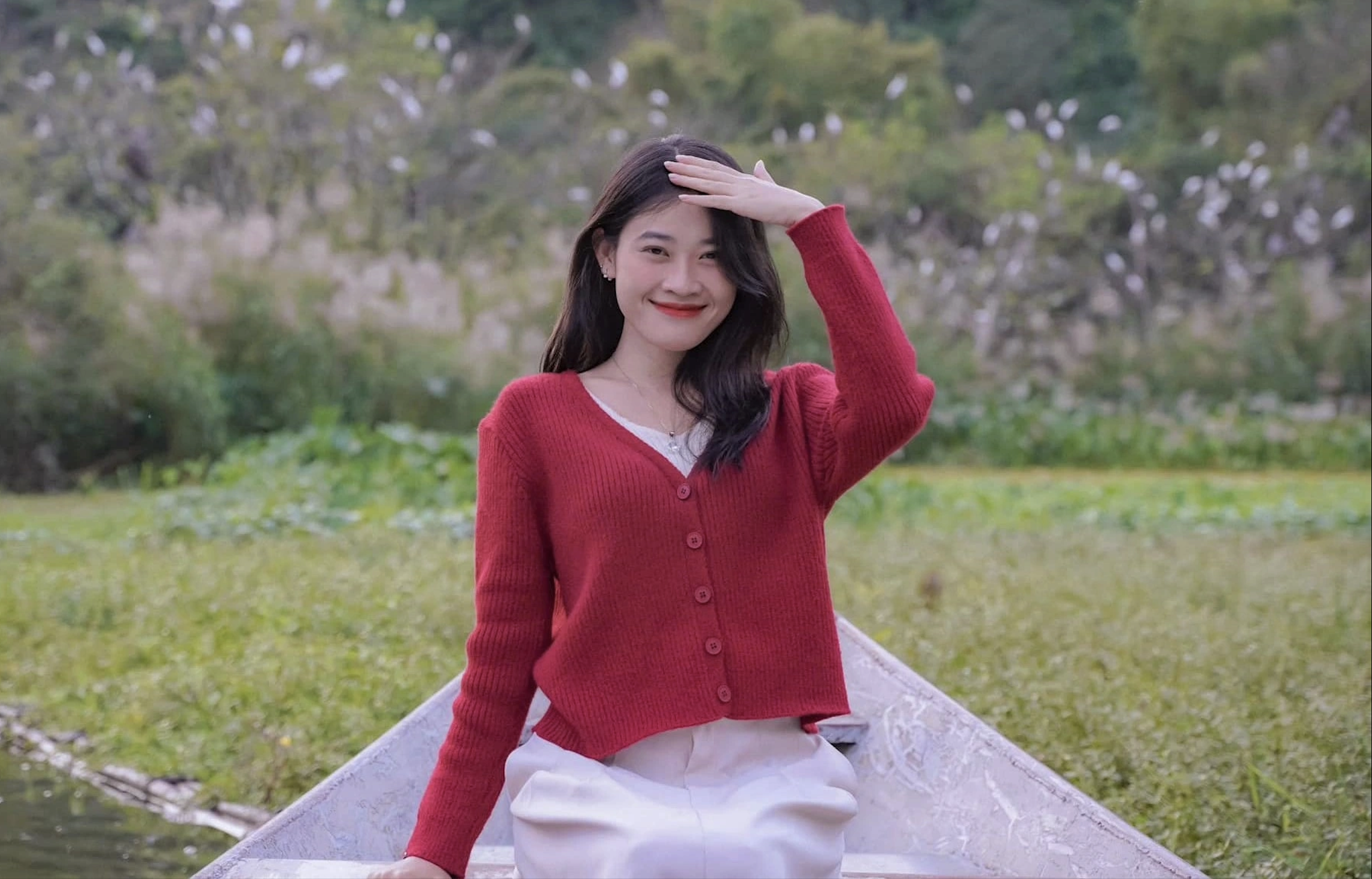
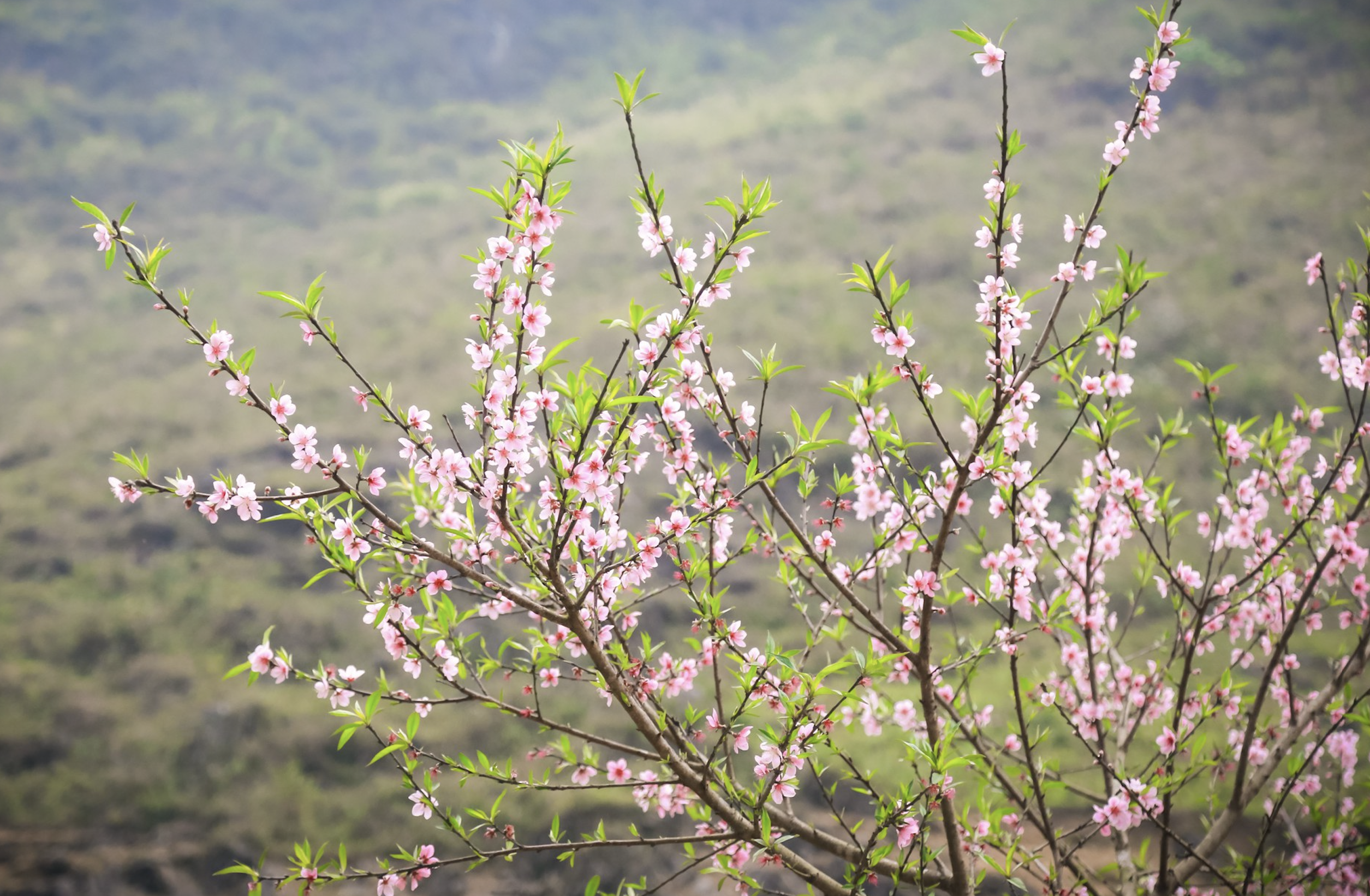

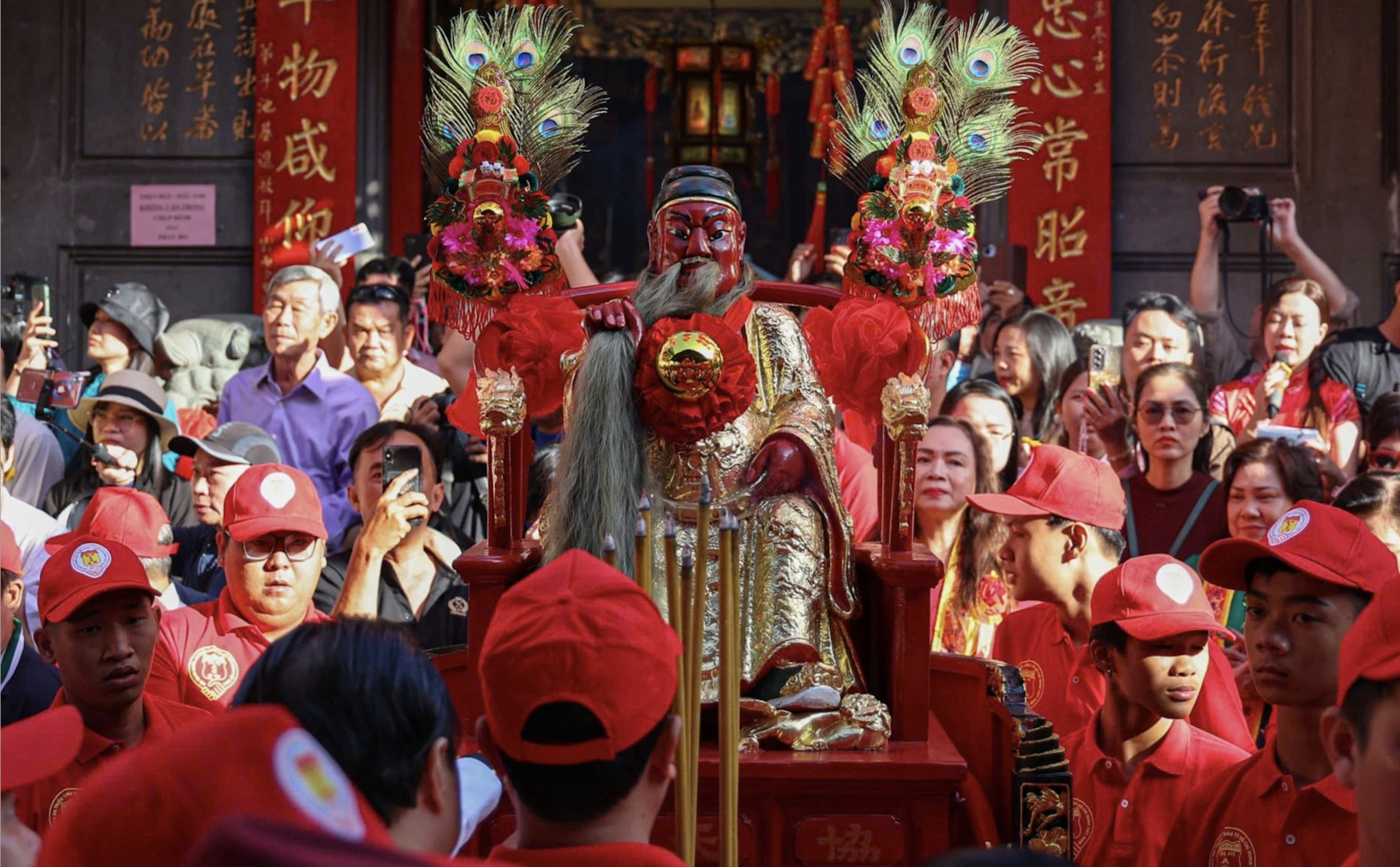
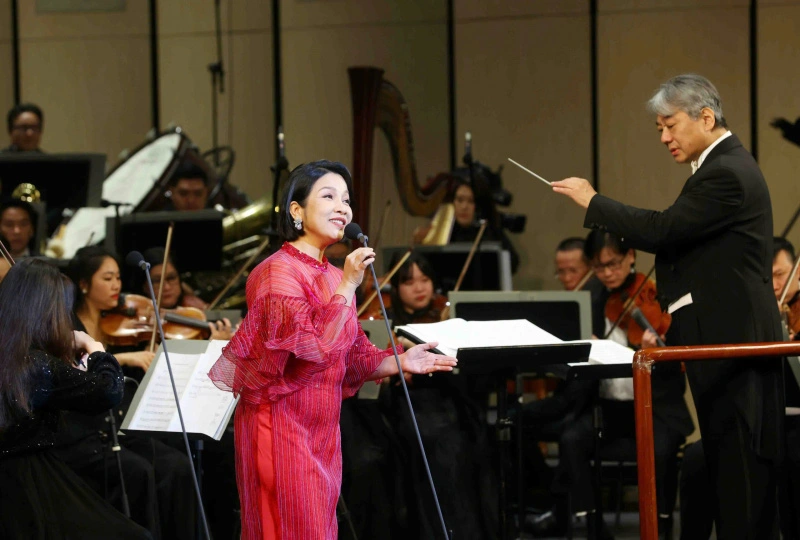
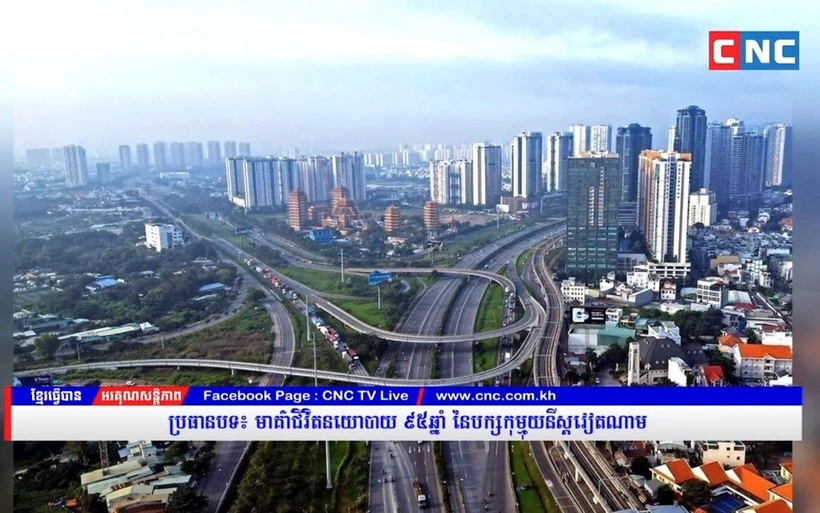
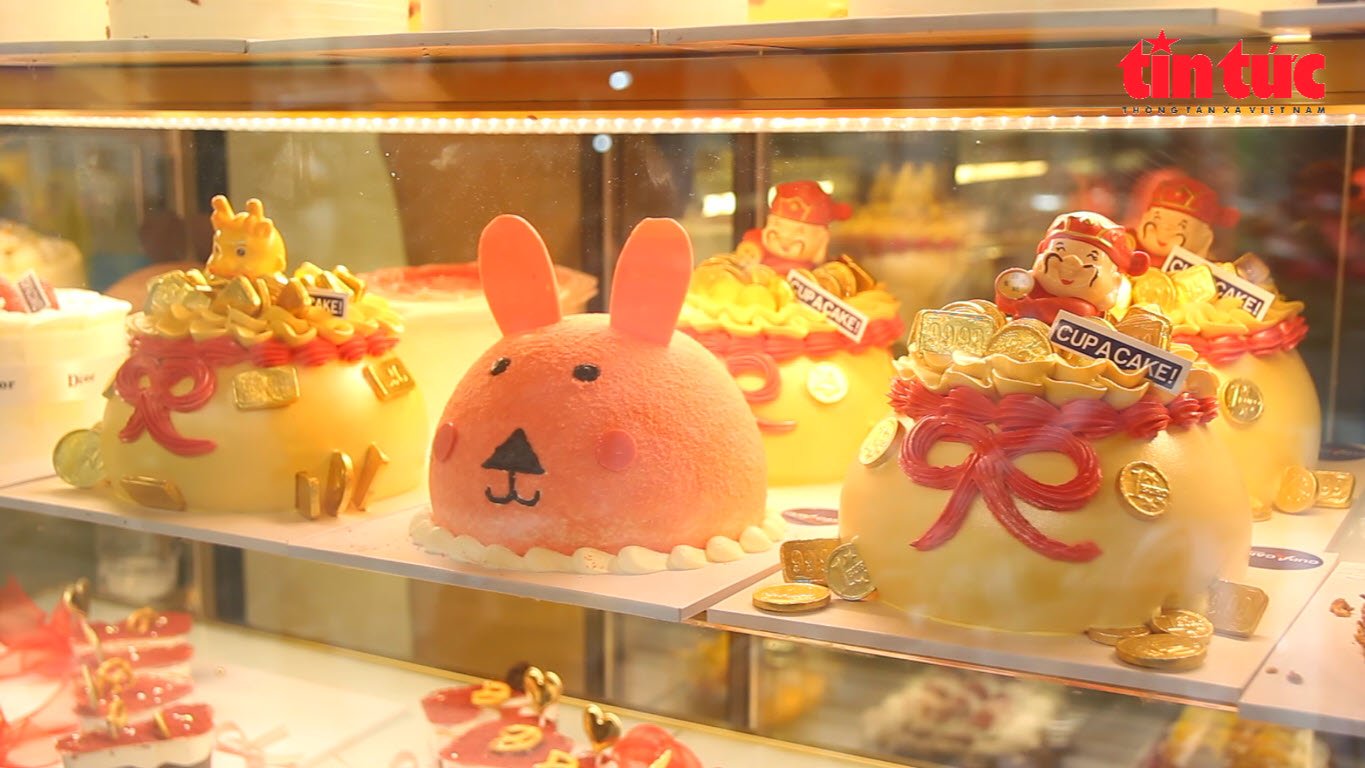
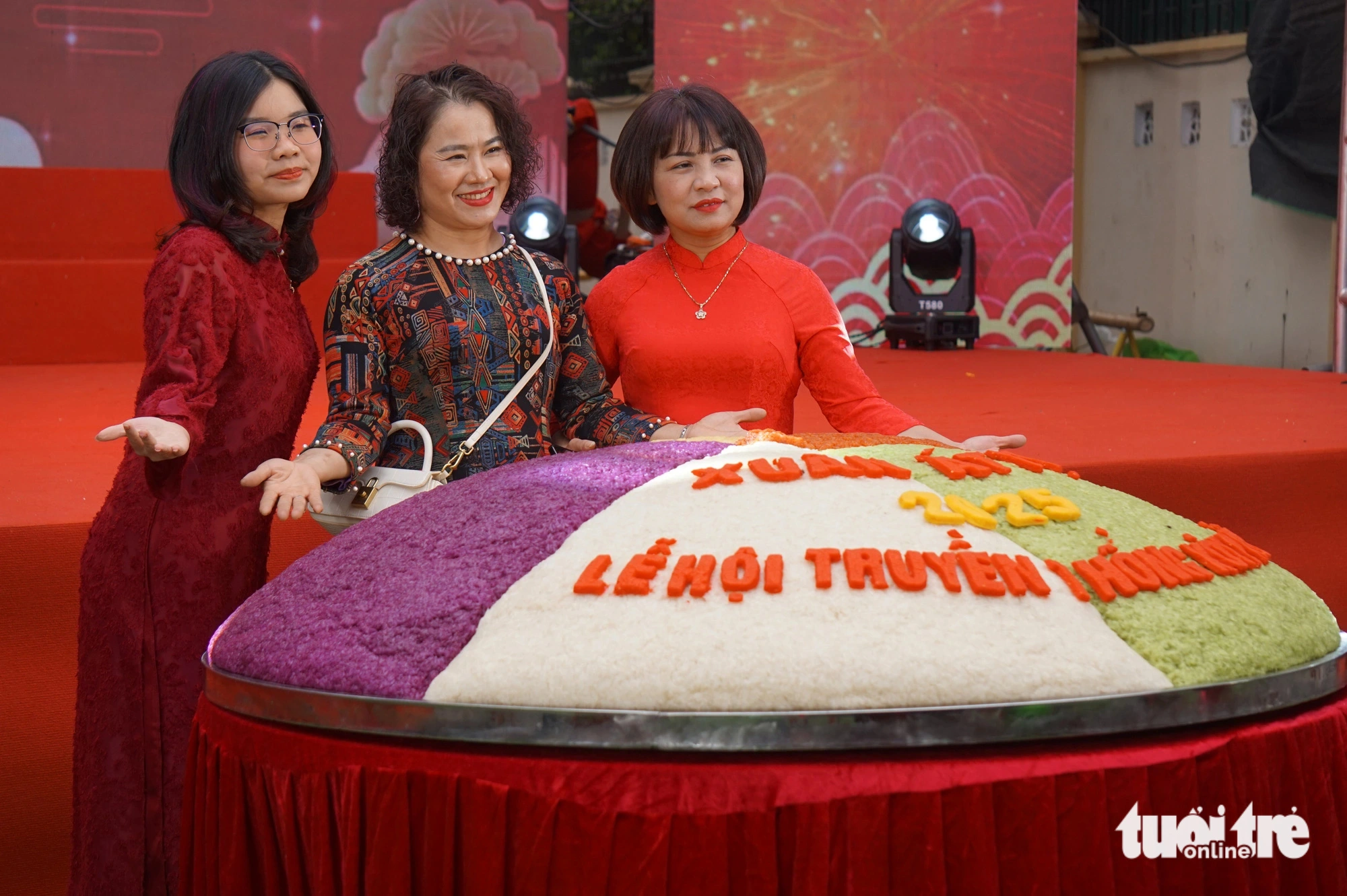
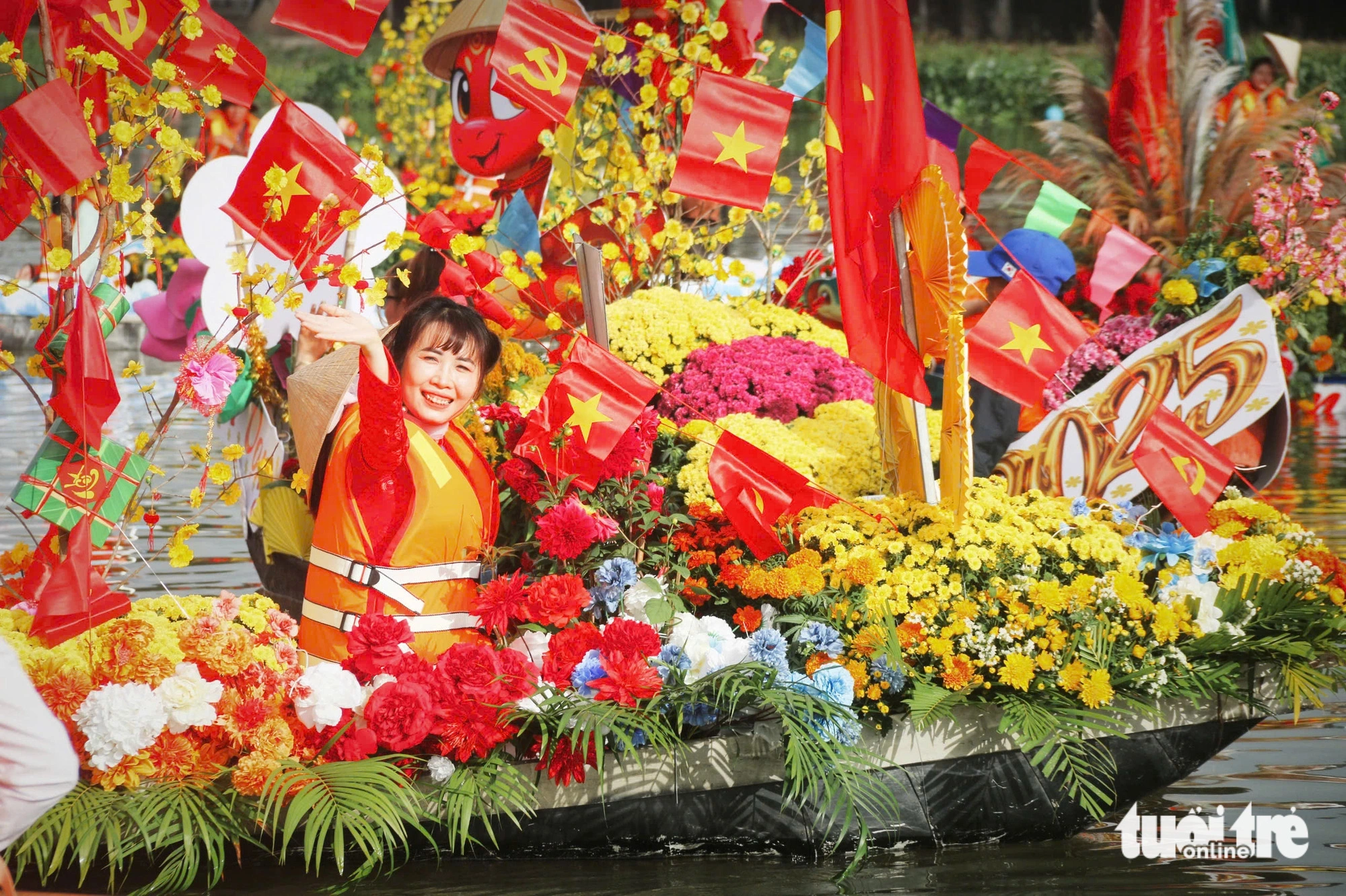
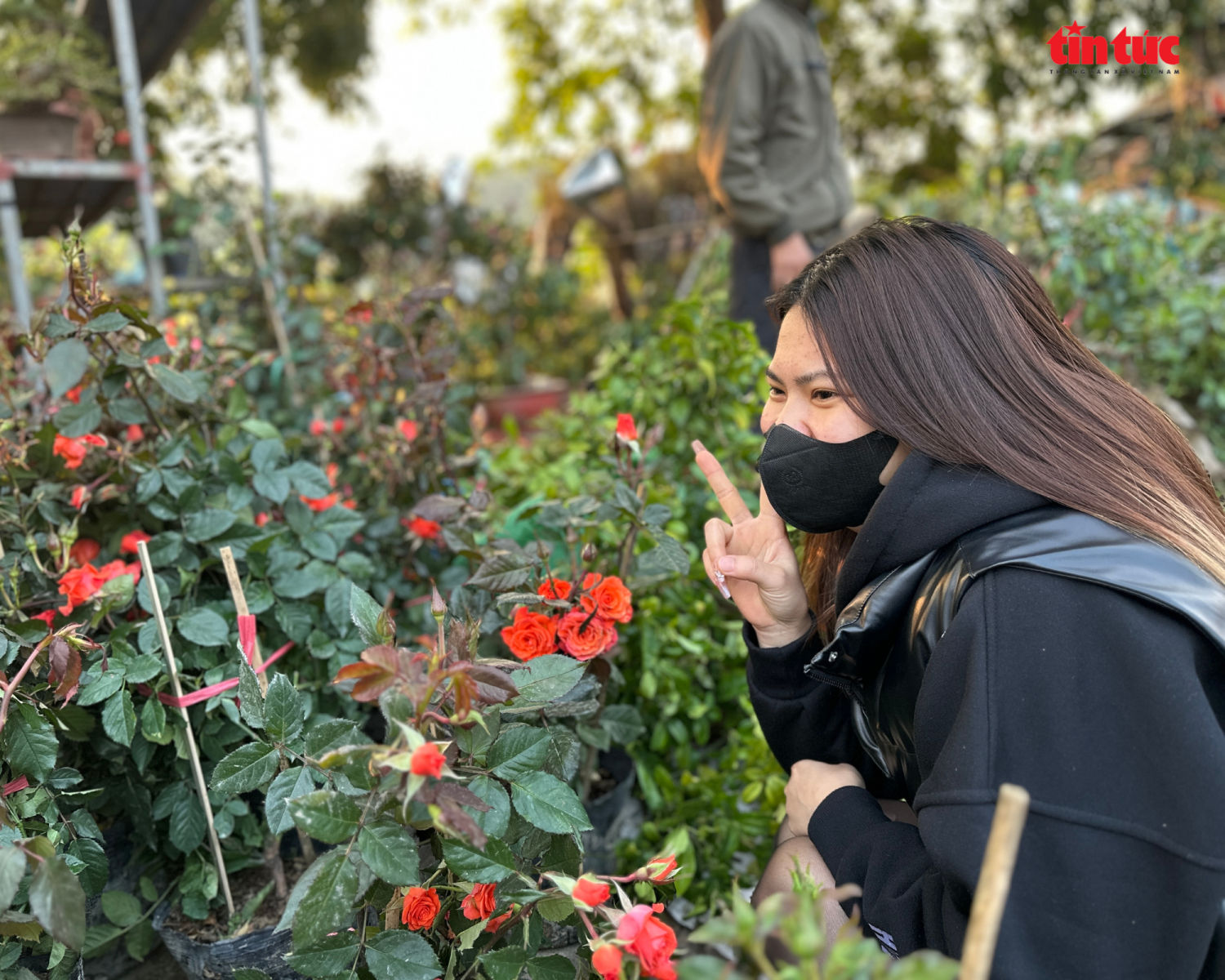





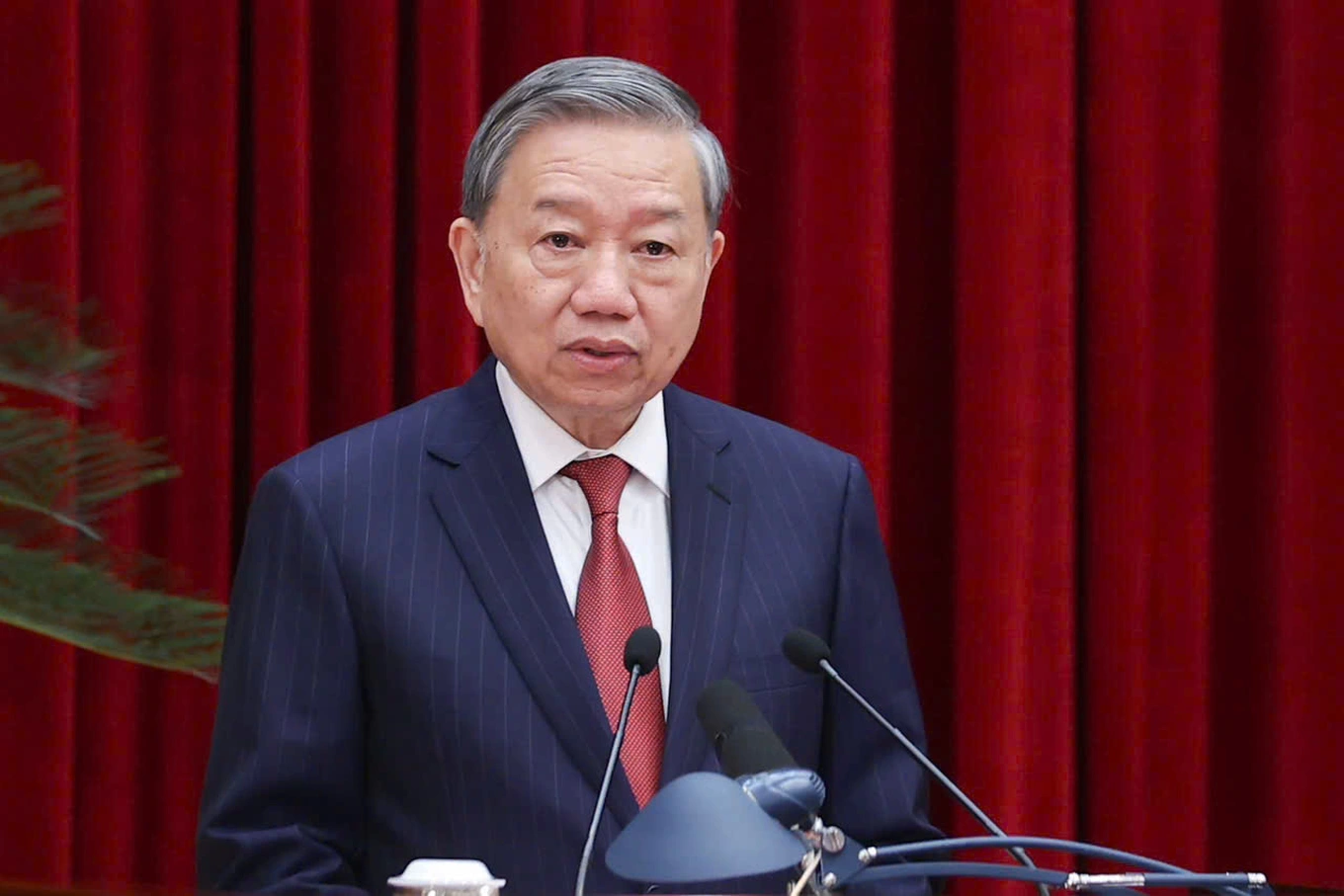




































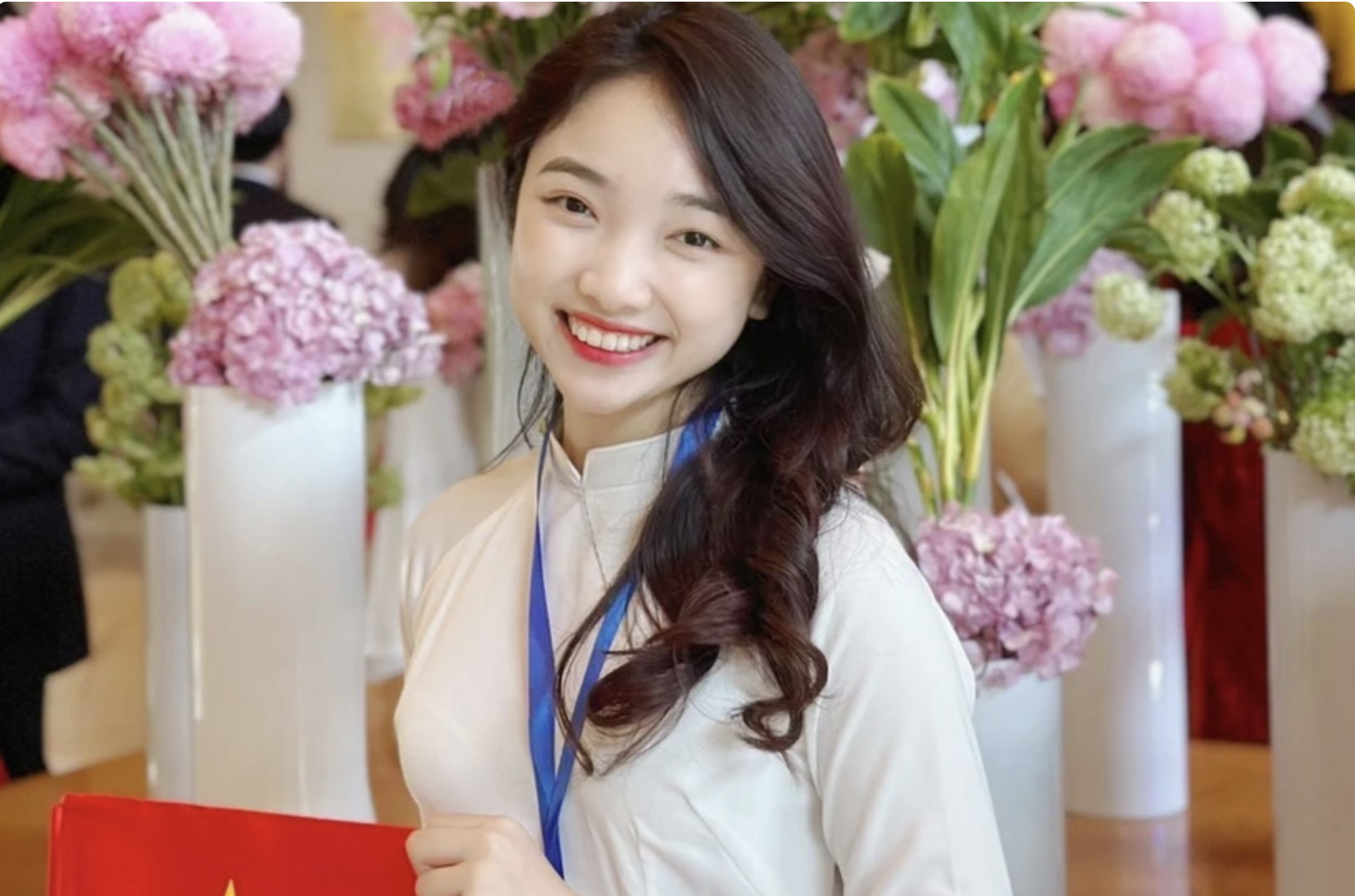













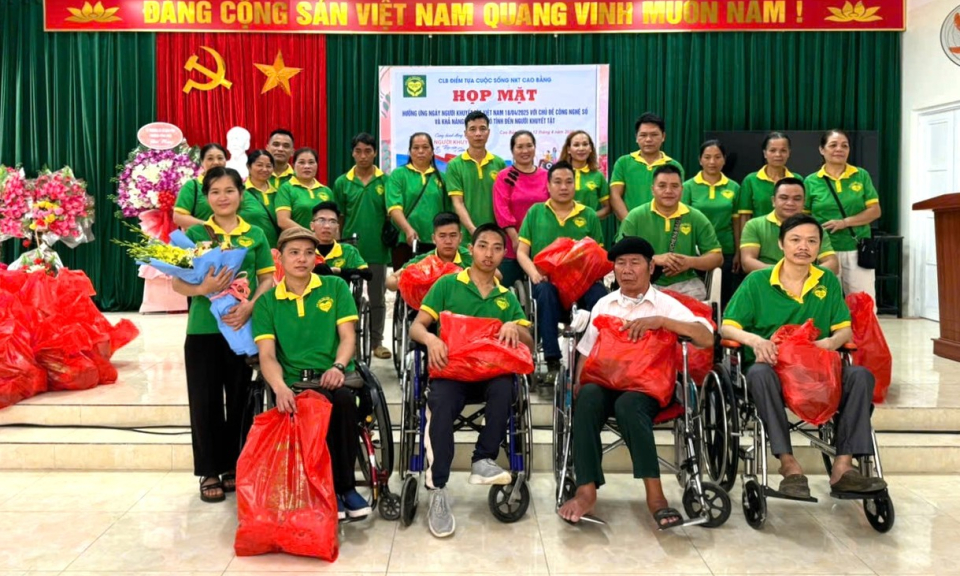

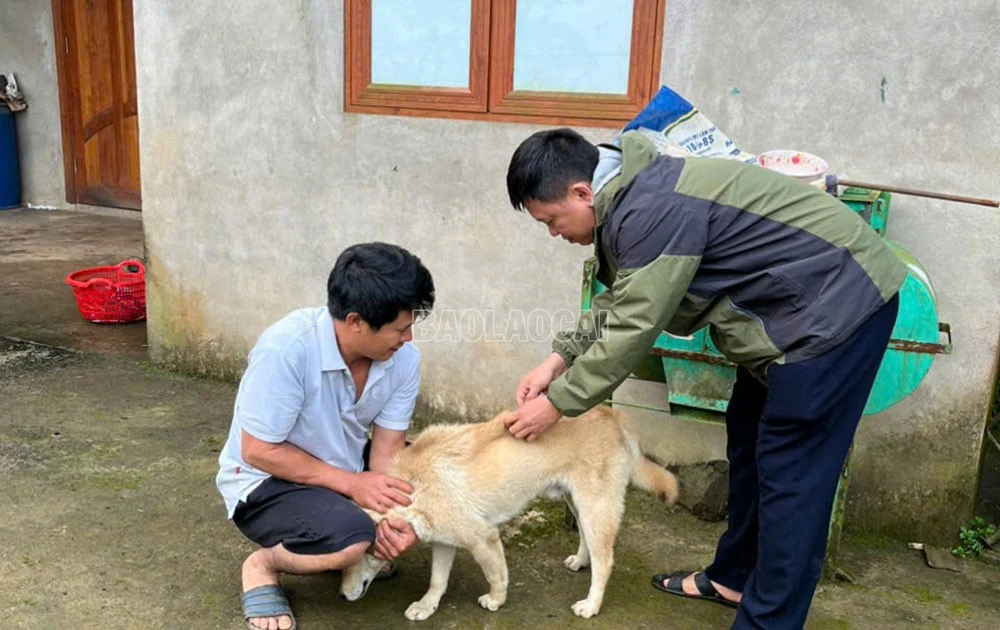

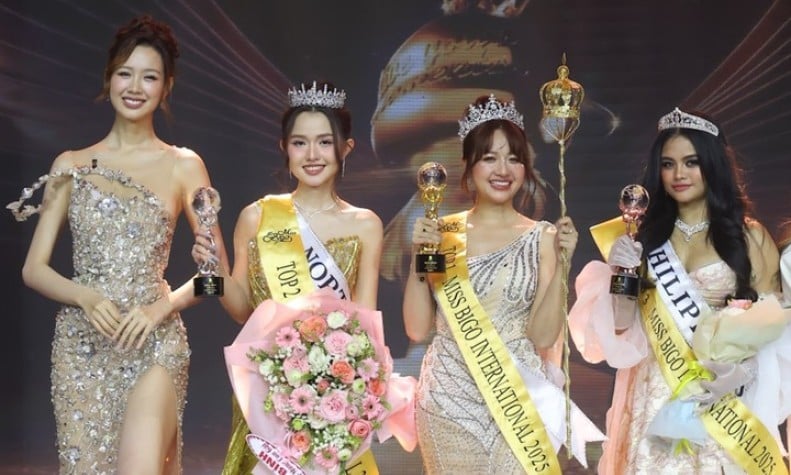

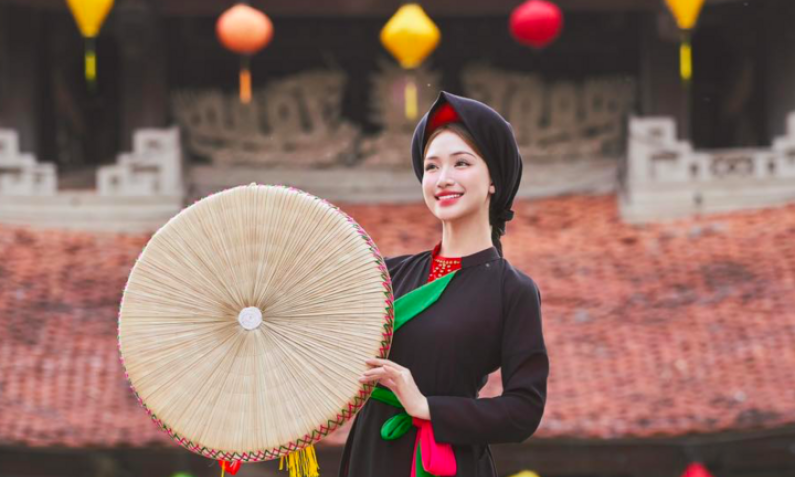











Comment (0)